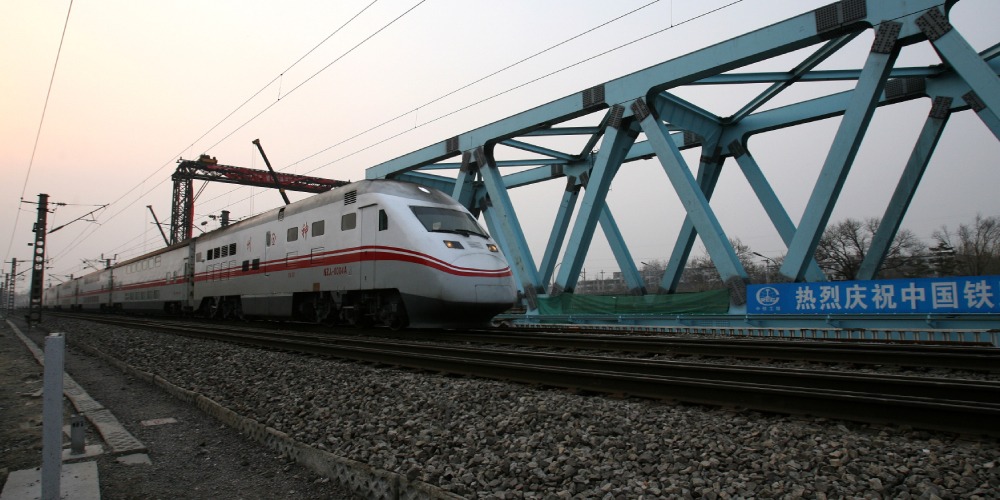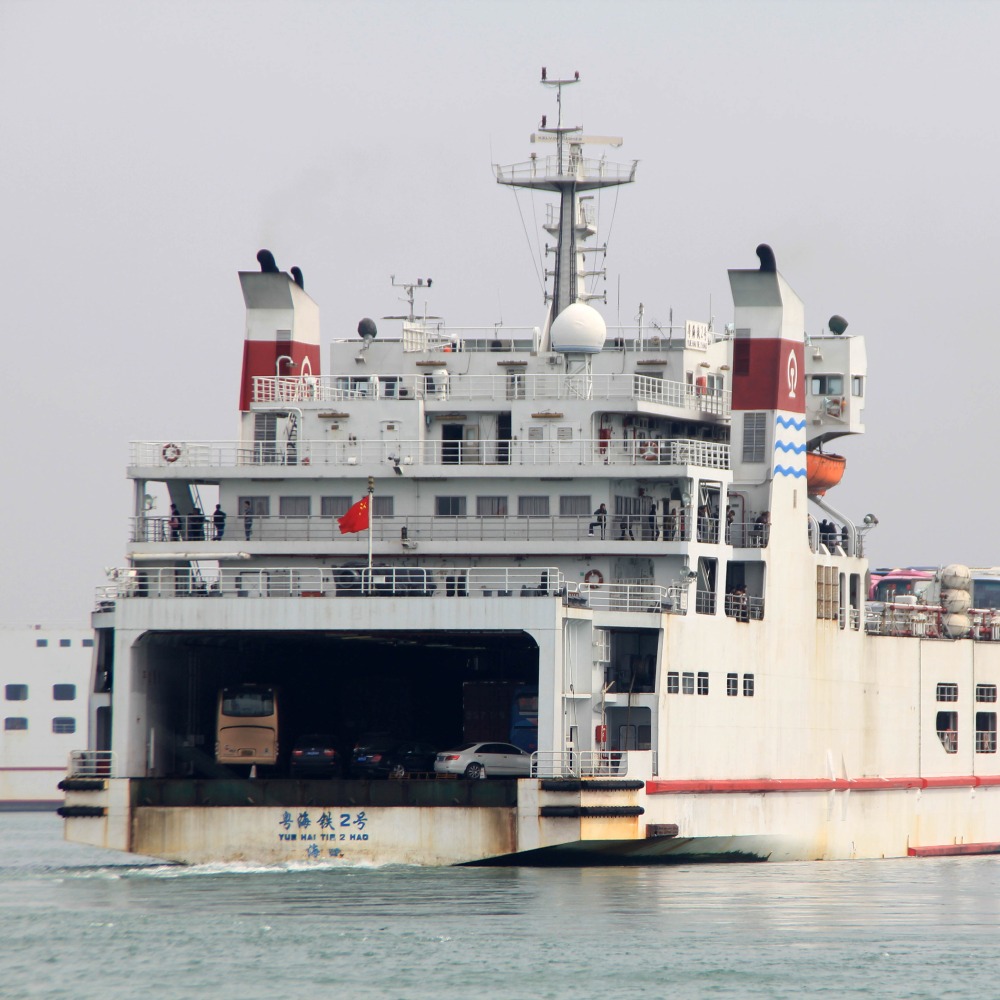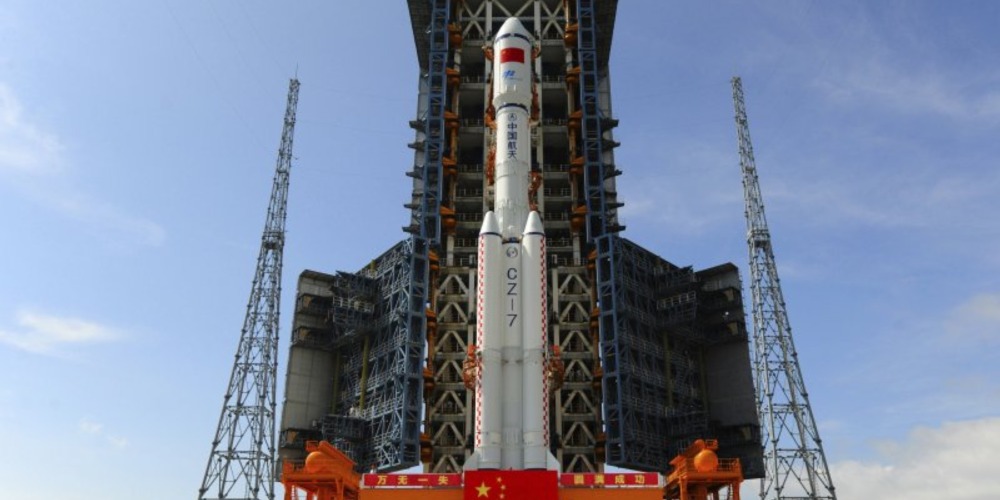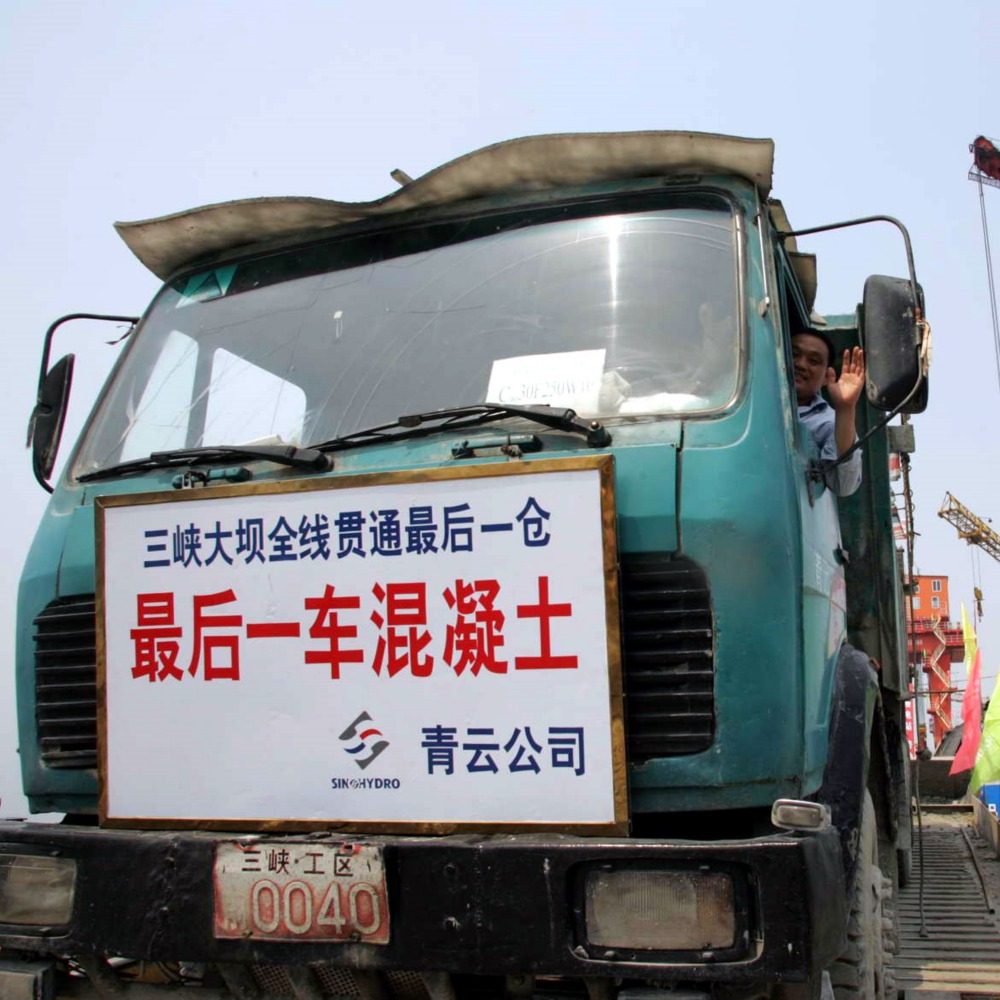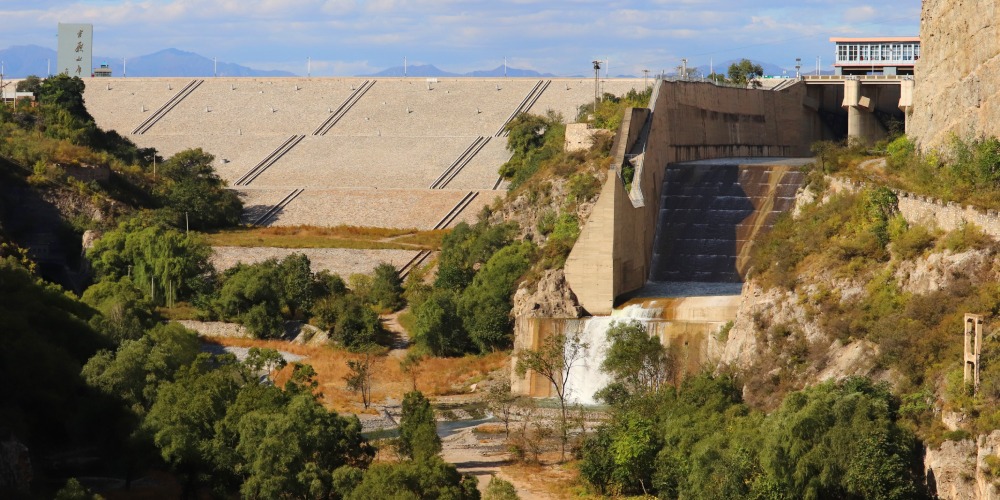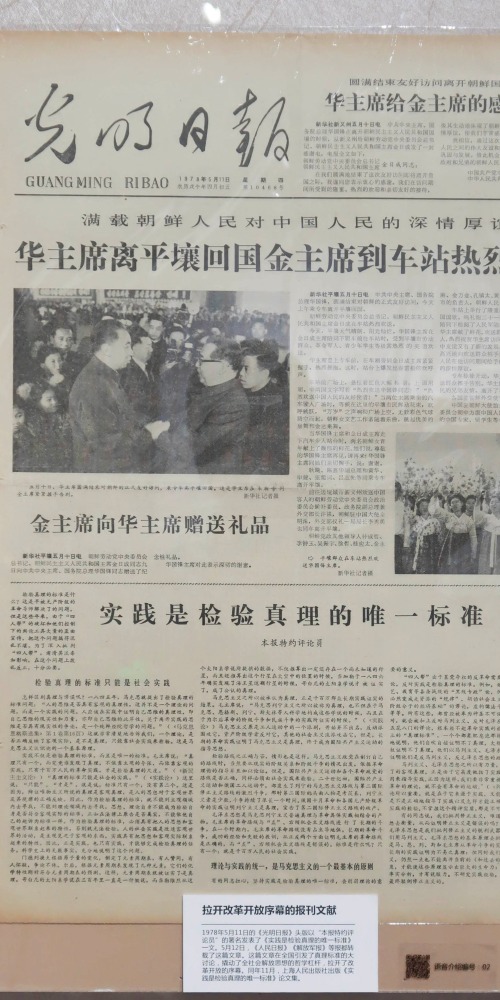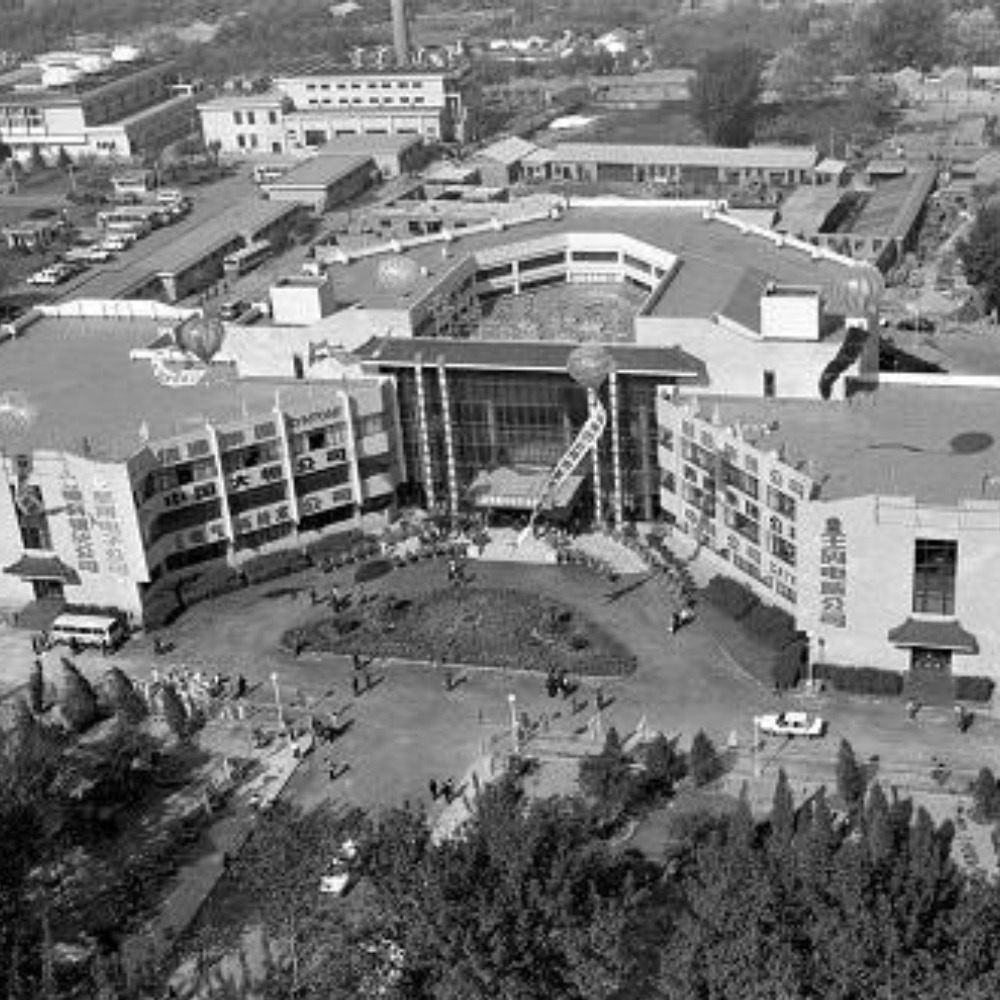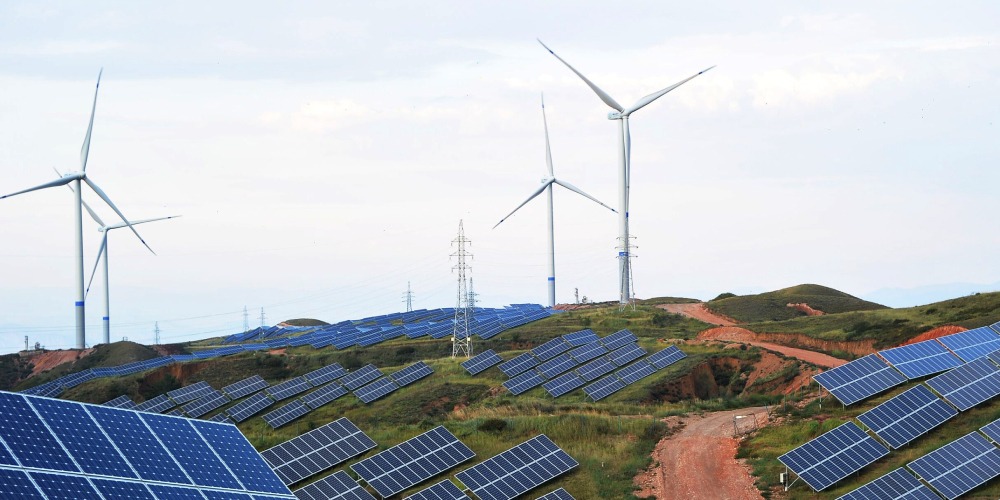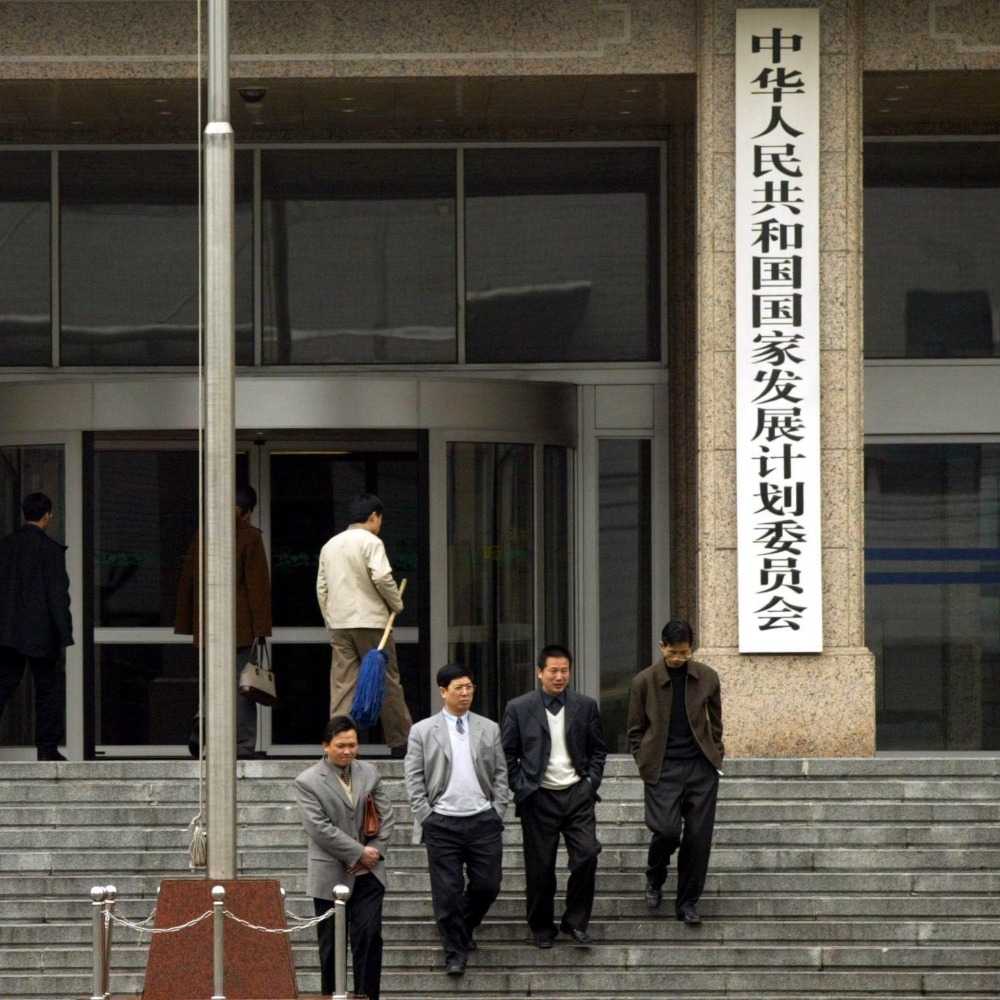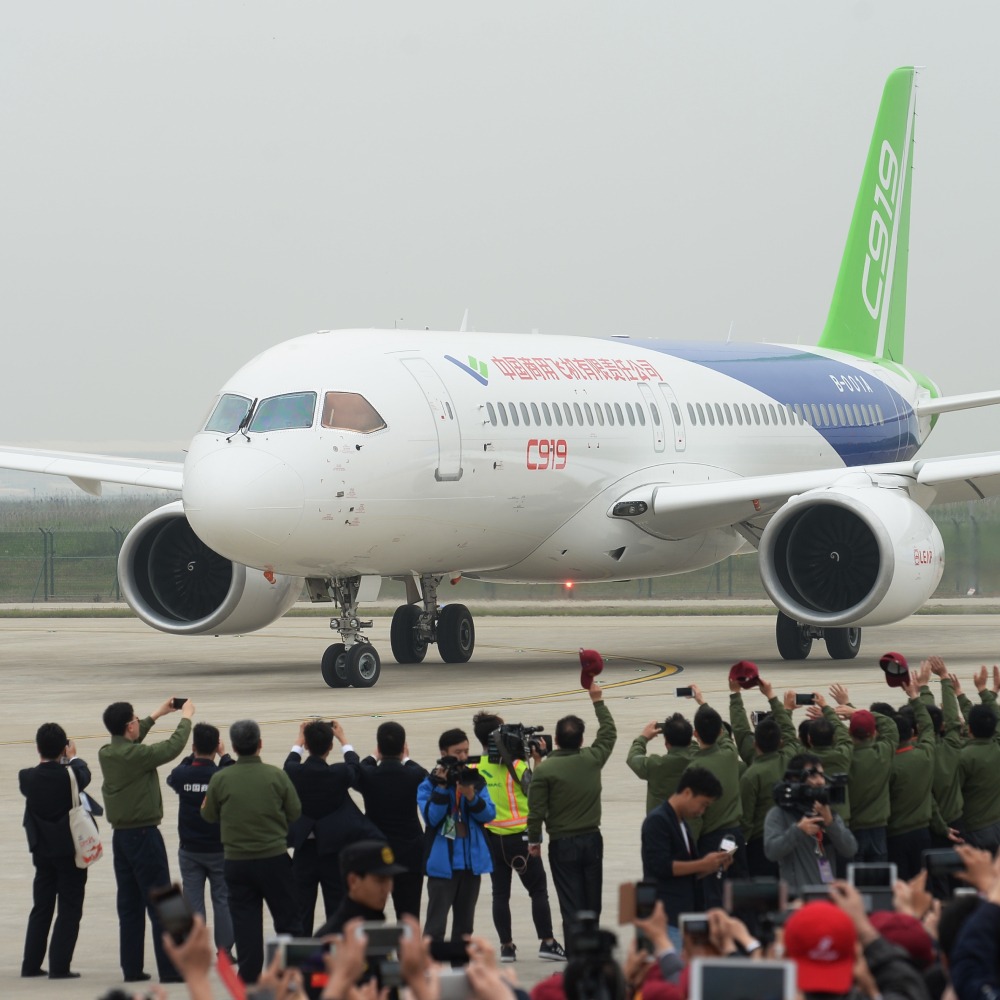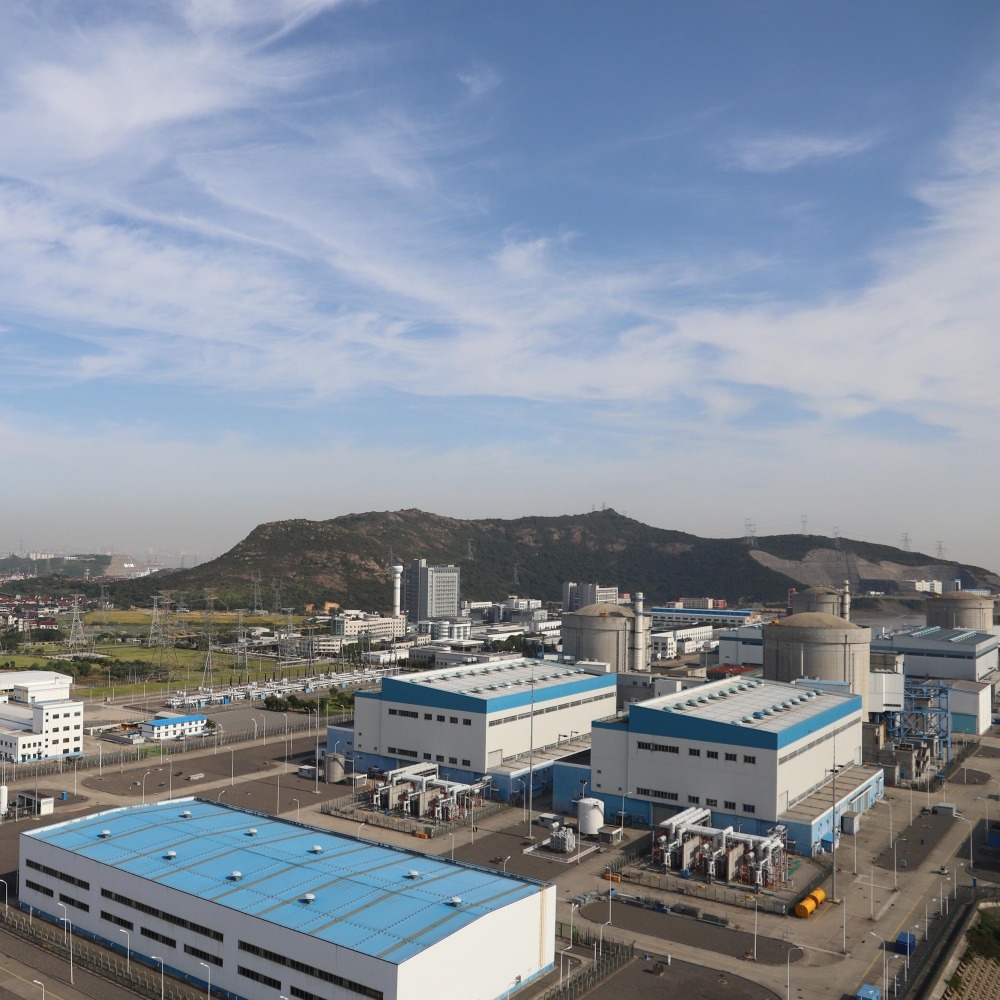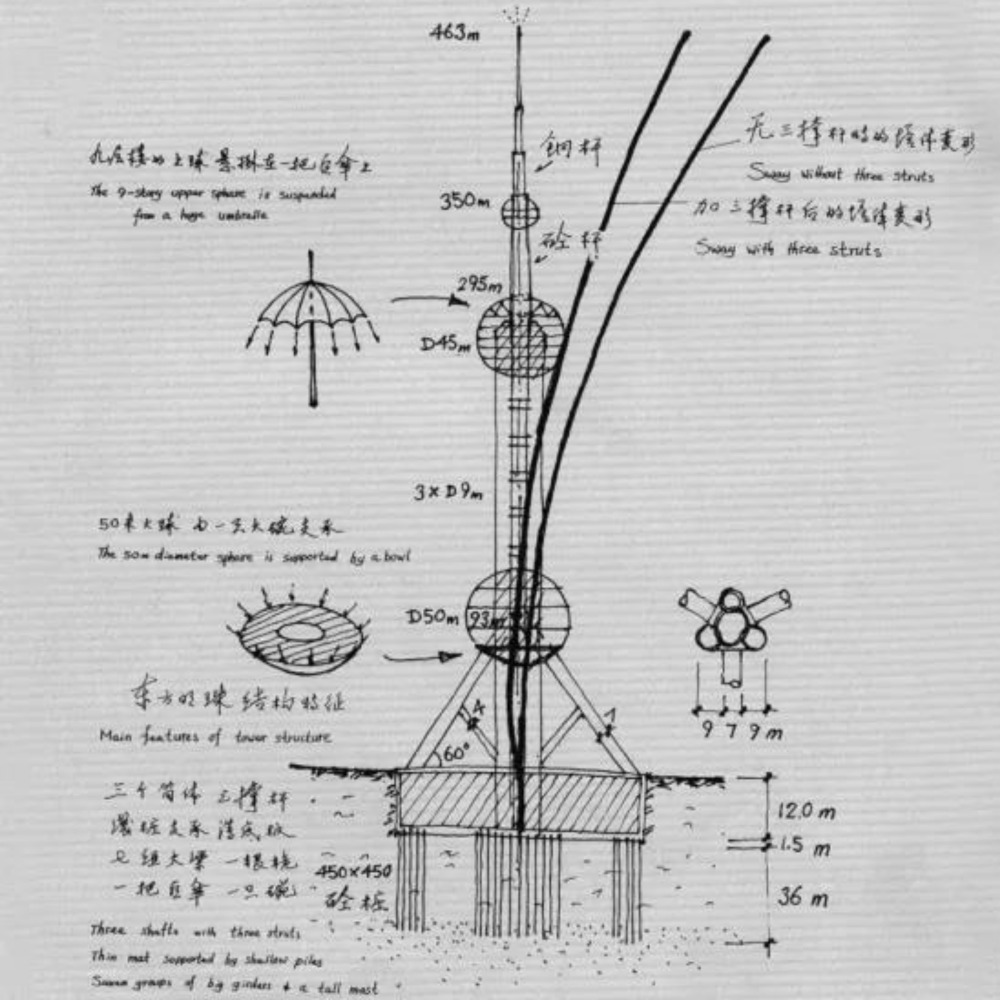Published : 2025-04-18
On April 18, 2007, China's railway system implemented its sixth large-scale speed upgrade, with trains reaching speeds of over 200 km/h.
Certain sections of key routes such as the Beijing-Harbin, Beijing-Shanghai, Beijing-Guangzhou, and Qingdao-Jinan lines, achieved operational speeds of up to 250 km/h.
At a press conference, Hu Yadong, then Vice Minister of the Ministry of Railways of China, stated that the biggest highlight of this speed upgrade was the introduction of high-speed electric multiple units (EMUs) with speeds of 200 km/h and above.
By the end of 2007, 480 domestically produced high-speed EMUs with speeds of 200 km/h and above would be put into service, covering 17 provinces and centrally administered municipalities.
Before implementing the sixth large-scale speed upgrade, the Ministry of Railways conducted traction tests for the speed upgrade, collecting a large amount of important data.
At that time, the data from various tests indicated that the conditions for the speed upgrade were basically met.
According to preliminary estimates, after the upgrade, China's railway passenger capacity was expected to increase by 18%, and freight capacity by 12%, which would help to further alleviate the "bottleneck" situation of railway transportation.
He Huawu (何華武), Chief Engineer of the Ministry of Railways, stated that during the preparation process for the sixth large-scale speed upgrade, the railway department carried out extensive updates and technological transformations on train equipment such as lines, bridges, culverts, tunnels, communications signals, traction power supply, and dispatch command, achieving a total of 26 technological innovation results.
